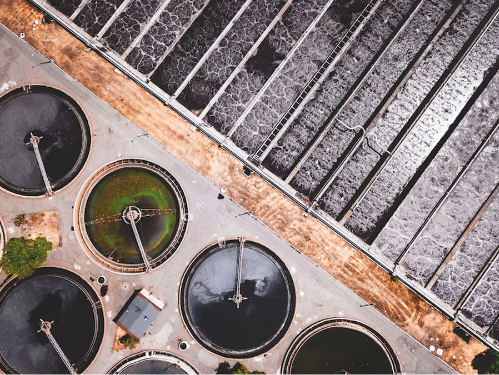Summary
The principal objective of wastewater treatment is generally to allow human and industrial effluents to be disposed of without danger to human health or unacceptable damage to the natural environment. Typical processes that are investigated and applied to wastewater treatment can be the following: biological, adsorption, flocculation, oxidation, membranes, filtration, etc. This entry collection features information about many processes of wastewater treatment and many other related issues such as reuse, cost, fluid aspects, plants, etc.
Entries
Topic Review
- 852
- 06 Sep 2021
Topic Review
- 7.1K
- 04 Nov 2021
Topic Review
- 1.1K
- 29 Jul 2021
Topic Review
- 1.5K
- 21 Jan 2021
Topic Review
- 3.9K
- 25 Dec 2020
Topic Review
- 1.6K
- 21 Dec 2020
Topic Review
- 1.8K
- 16 Dec 2020
Topic Review
- 894
- 26 Oct 2020
Topic Review
- 1.1K
- 26 Oct 2020
Topic Review
- 1.0K
- 12 May 2020
 Encyclopedia
Encyclopedia

